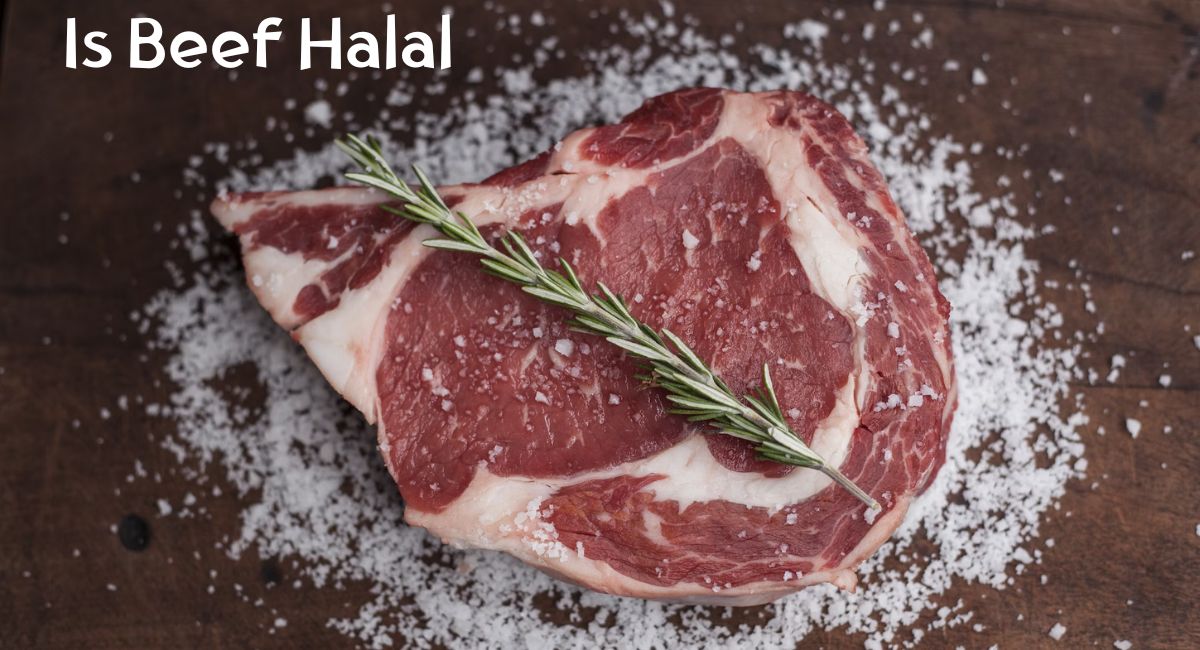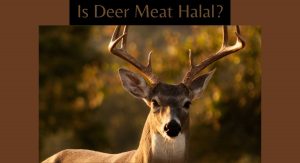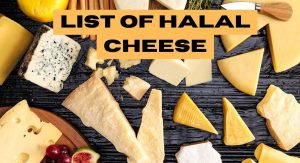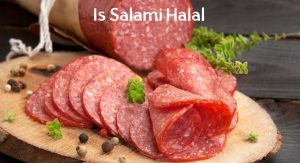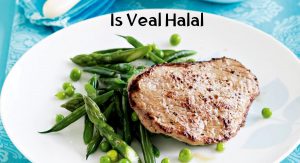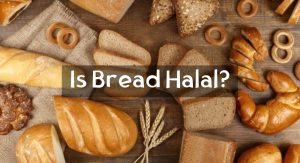It is a common question within the Muslim community whether beef meat is halal or not. Halal is an Arabic word that means “permissible” or “lawful”. In the context of food, it refers to meat that is slaughtered and prepared in accordance with Islamic law.
In order for beef to be considered halal, it must meet certain criteria.
Firstly, the animal must be a herbivore that has been properly raised and treated well prior to slaughter. Secondly, the slaughter must be performed by a Muslim who invokes the name of Allah at the time of the slaughter. Finally, the slaughter must be done in a certain way, where the throat of the animal is cut swiftly with a sharp knife to ensure minimal pain and suffering.
Despite these strict requirements, some controversy still exists regarding the halal status of beef. In particular, some people dispute whether beef from non-Muslim countries can be considered halal, as the process of slaughter may not adhere to Islamic law.
This issue is further complicated by the complex supply chain of the meat industry and the difficulty in verifying the halal status of beef throughout the entire process from farm to table.
In this article, we will explore whether or not beef meets these requirements and is considered halal.
What is Beef?
Beef is a popular and widely consumed meat around the world. It is considered a red meat because it is rich in myoglobin, a protein that gives it a deep red color. Beef is a good source of high-quality protein, which is essential for building and repairing muscle tissues, as well as other important bodily functions.
The fat content of beef can vary depending on the cut. Some cuts, such as the sirloin or tenderloin, are leaner, while others, such as the ribeye or brisket, are fattier. The fat in beef can provide flavor and tenderness, but it is also high in calories and saturated fat, which can increase the risk of heart disease when consumed in excess.
Primal cuts are the largest and most basic sections of the animal, which are first separated during butchering. They are typically sold to meat processors or restaurants, who then further divide them into subprimal and steak cuts. Subprimal cuts are smaller and more specific sections of the primal cuts, while steak cuts are the individual portions of meat that are cut for cooking.
The different categories of beef cuts vary in their texture, flavor, and cooking methods. For example, the chuck, which is a primal cut, is a tough but flavorful cut of beef that is best suited for slow-cooking methods such as braising or stewing. In contrast, steak cuts like the ribeye or T-bone are tender and flavorful and are best cooked quickly over high heat, such as on a grill or in a hot skillet.
While the term “cow meat” could refer to meat from any part of the cow, including dairy cows, “beef” specifically refers to the meat from cattle that are raised for meat production. It is typically sold in grocery stores and butcher shops in different cuts and grades, which are determined by factors such as the age, breed, and diet of the animal, as well as the amount of marbling in the meat.
Is Beef Halal?
Beef is one of the most popular meats among Muslims, and many people wonder if it’s considered halal. Below, we’ll take a closer look at the criteria that make beef halal
Slaughtering process
The slaughtering process for halal beef is an essential aspect of Islamic dietary laws. It is crucial to ensure that the meat is permissible and lawful for Muslims to consume. Here are the key steps involved in the slaughtering process for halal beef:
- The animal must be alive and healthy at the time of slaughter. Sick or injured animals are not permitted to be slaughtered for halal beef.
- The person performing the slaughter, known as a “slaughterer” or “zabiha,” must be a Muslim of sound mind and in good physical condition. The slaughterer must also be trained in the methods of halal slaughter.
- The slaughterer uses a sharp knife to quickly and painlessly sever the animal’s throat, cutting the jugular veins and carotid arteries. This causes an immediate drop in blood pressure, ensuring that the animal loses consciousness and dies almost instantly.
- As the animal’s blood drains from its body, the slaughterer recites the name of Allah and a prayer known as the tasmiyah. This is an essential part of the halal slaughtering process and ensures that the meat is permissible for Muslims to consume.
- After the slaughter, the animal is then cleaned, dressed, and prepared for consumption.
It’s important to note that the halal slaughtering process is designed to minimize the animal’s suffering and ensure that the meat is healthy and safe for human consumption. The process is also designed to show respect and humility towards the animal, acknowledging that it is a valuable part of God’s creation.
Source of the meat
The second aspect of halal meat is the source of the meat.
Islamic dietary laws require that the meat must come from animals that are herbivorous, i.e., they don’t consume meat or the by-products of animals that aren’t halal.
This means that beef from cows that have been fed non-halal animal by-products, like pork or blood, or a non-halal diet in any other form is not considered halal.
Halal certification
To ensure that beef is considered halal, many Muslim countries have established organizations that certify meat as halal after rigorous inspections of the slaughtering process and the source of the meat.
These organizations are authorized to inspect and certify slaughterhouses, processing plants, and stores to ensure that the meat sold is indeed halal.
In Singapore, for example, the Muis Halal Certification is the sole agency authorized to certify Halal food in the country. It has a stringent certification process that includes inspecting the entire supply chain, from the sourcing of ingredients to the preparation and handling of food in restaurants and factories.
Similarly, in other countries such as Australia, Halal certification is overseen by various organizations such as Meat and Livestock Australia and Halal Australia, which provide information about Halal and Haram foods and Halal certification.
Therefore, it’s essential to look for certified halal labels when purchasing meat in non-muslim countries to ensure that the meat is halal and has gone through the necessary inspections and certification processes.
Read these comprehensive guides to know everything you need to know about the halal status of various livestock meats.
Is Frog Halal: Curious about whether frog meat is considered halal? Dive into our article to discover the verdict on this unique protein source.
Is Veal Haram: Explore the world of veal and its halal status. Our article provides insights into the acceptability of veal meat in the Islamic dietary context.
Is Bison Halal to Eat: Uncover the halal status of bison meat. Learn about the considerations and criteria used to determine whether this lean and flavorful meat is permissible.
Is Horse Meat Halal: Saddle up for a deep dive into the question of whether horse meat is halal. Our article explores the cultural, regional, and religious factors that impact its status.
Frequently Asked Questions
1. Is beef red meat?
Yes, beef is considered a red meat. Red meat is defined as flesh from mammals or fowl (not fish) that is red when raw and dark-colored after it is cooked, in contrast to white meat, which is pale in color before and after cooking. Beef is called a red meat because it contains more myoglobin than chicken or fish.
2. Is beef better than chicken?
Whether beef or chicken is better depends on an individual’s nutritional needs, taste preferences, and health considerations. Both meats have their advantages and disadvantages, and it’s best to choose lean cuts, limit portion sizes, and balance meat consumption with other nutrient-dense foods for optimal health.
3. What is the most popular type of beef?
One of the most popular cuts of beef is the filet mignon, which is considered the most tender steak on the market. The beef short loin is also a popular cut and can yield anywhere from 11 to 14 steaks depending on thickness, with the first-cut steaks being club steaks or bone-in strip steaks. Other popular cuts of beef include the hanger steak, which has great beef flavor and can be quite tender when cooked below medium, and the flank steak, which is a lean and tough cut that boasts a rich beefy flavor. Brisket is also a flavorful and delicious choice for making roast beef. Top sirloin is another tender cut that can yield a soft, juicy product when cooked to medium-rare or rare.
4. What meats are not beef?
Any meat that does not come from cows, such as chicken, turkey, duck, goose, pork, and various types of seafood, should not be classified as beef. In general, there are two categories of meat: red meat and white meat. Red meat includes beef, lamb, venison, goat, and bison, while white meat includes fish and poultry such as chicken, turkey, duck, and goose.
5. Which type of beef is more expensive?
One of the most expensive types of beef is Japanese A5 Wagyu, which is known for its high level of marbling and tender texture. This type of beef is typically imported from Japan and can cost up to $1,000 for a single steak. Kobe beef, which is a type of Wagyu beef that comes from the Hyogo prefecture in Japan, is also considered to be one of the most expensive types of beef in the world. The cost of Kobe beef can start at about $300 per pound in Japan, and a single portion can often sell for more than $200.
6. What is the tastiest breed of beef?
One popular breed for beef is the Wagyu breed, which is known for its high level of marbling and buttery texture. In particular, American Wagyu beef, which is descended from Japanese Wagyu cattle, is considered to be some of the best beef raised in the United States due to its marbling and richness. Angus beef is another common breed for beef, and while it may not be the most tender, it is often known for its flavor. Additionally, Argentine beef is highly regarded for its flavor and tenderness, with cuts such as bife de lomo (tenderloin), entraña (skirt steak), and asado de tira (short ribs) being particularly popular.
